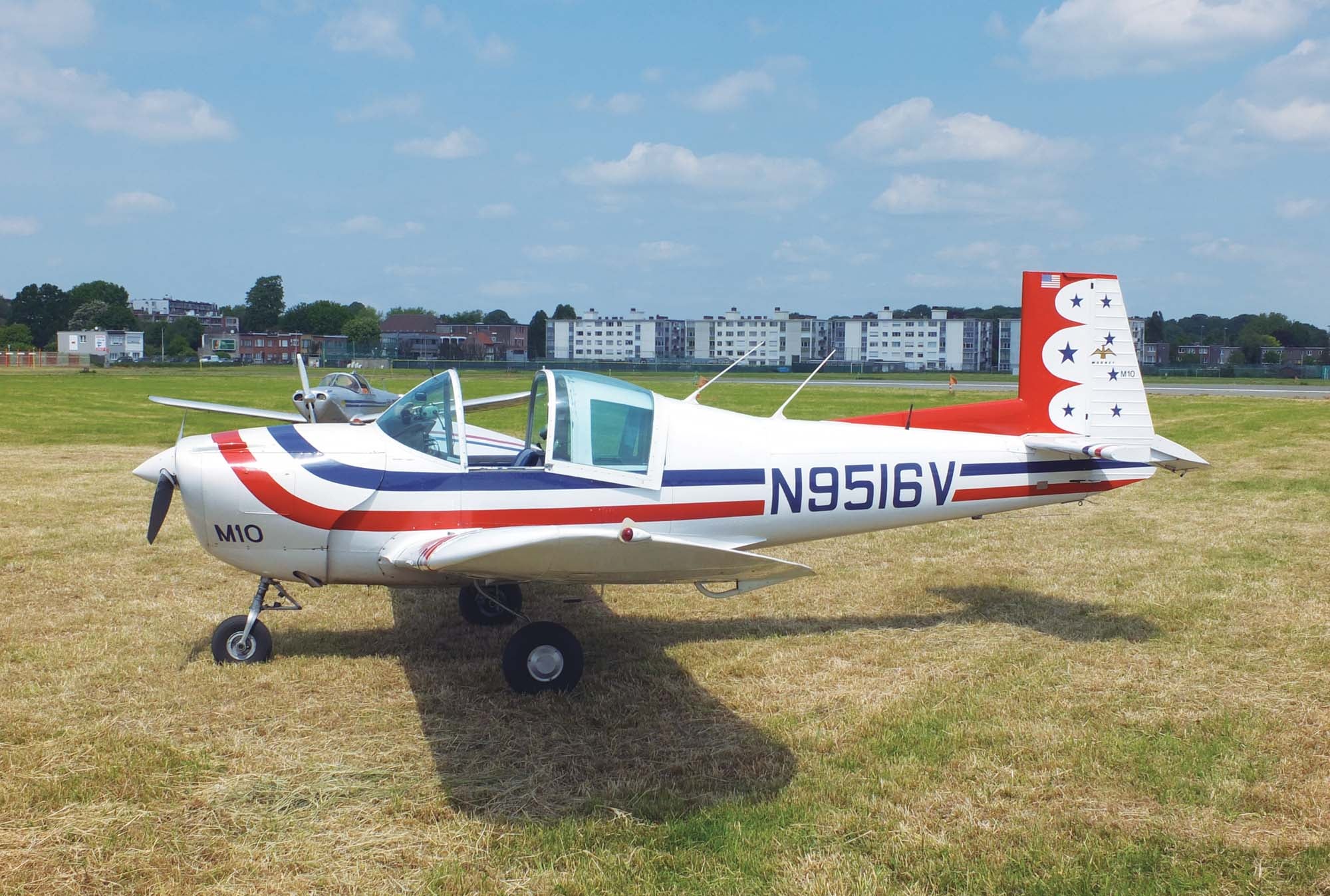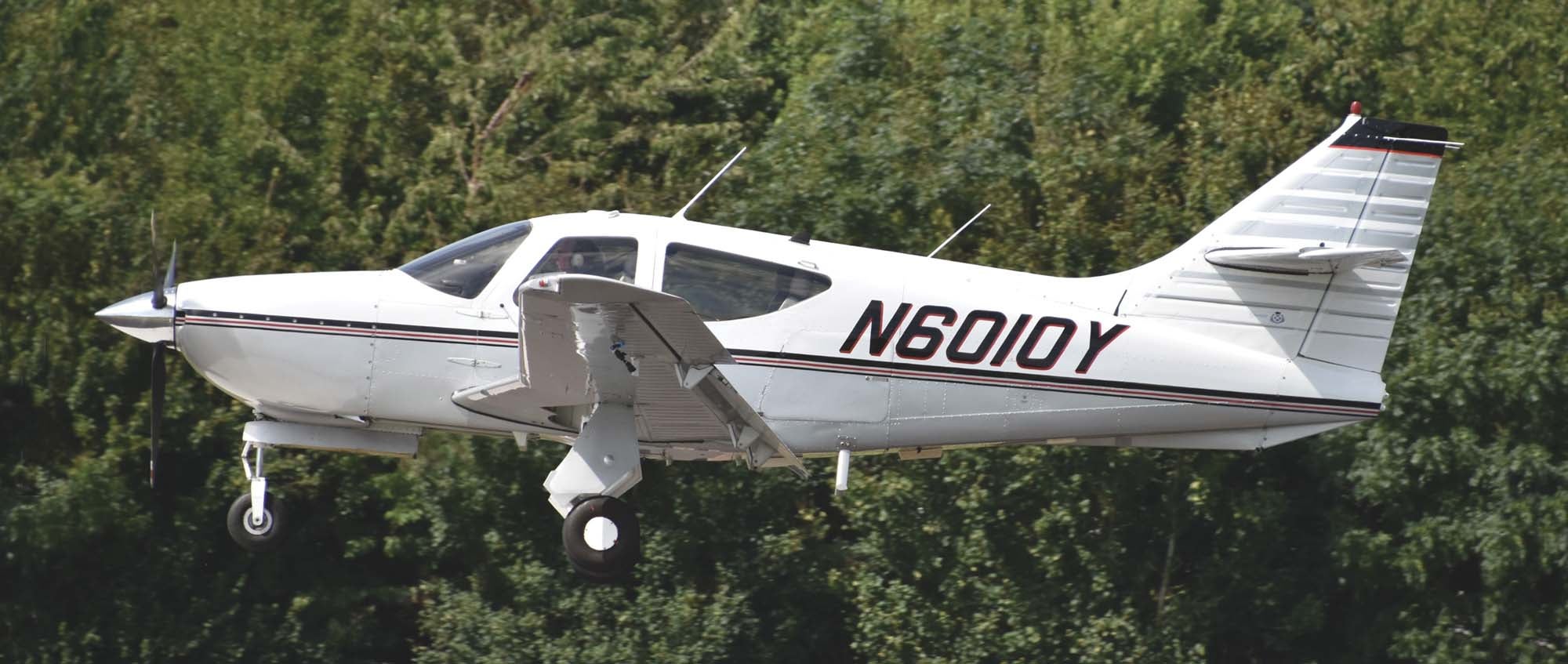
Up to this point, we have discussed the mission capability of a new airplane design and how it will be manufactured. We now turn our attention to making sure the airplane sells.
Marketability is a significant concern for an airplane designer. In order to be successful, the manufacturer must be able to sell enough airplanes to stay in business and make some money. The airplane must appeal to the target buyer community.
Product differentiation can help sell airplanes. It is valuable to have your airplane be different enough from competitors to stand out. Some configuration choices are made to either provide distinctive branding or a particular look that will make the airplane appealing.
Often, these design flourishes are in an area that does not affect the performance or cost of the airplane very much. One example of this is the shape of the vertical tail. Over the years, several manufacturers have adopted a very distinctive shape of vertical fin that is instantly recognizable. Two examples of this are the elegant elliptical vertical fin of de Havilland airplanes like the Mosquito, Chipmunk and Tiger Moth, and the forward-swept fin distinctive of Mooney light airplanes. Mooney even went so far as to modify an existing, certified airplane this way. When Mooney wanted to add a two-seat trainer to its line, instead of developing a new airplane, they bought the type certificate for the Ercoupe. The Mooney version was called the Cadet, and it featured a tail with a Mooney forward-swept single vertical fin that replaced the twin-fin H-tail configuration of the Ercoupe.
Another example of using the vertical tail for styling is the adoption of swept-back vertical fins on the Cessna line of high-wing airplanes. All three classic Cessna singles (150, 172, 182) started out with straight vertical fins. They were later converted to have swept-back vertical fins to make the airplanes look “sleeker” or more modern. Interestingly, this matched the evolution of high-performance military and civilian airplanes. When the Cessna singles were first designed, the highest-performance fighters were piston-engine airplanes with straight fins.
With the advent of jets, swept-back vertical fins appeared on both fighters and airliners. Cessna followed this trend although the aerodynamic reasons for the sweepback did not apply at the low speeds of single-engine piston airplanes.
Cessna was not the only manufacturer to sweep the fin, and swept-back vertical fins are now common. However, the Cessna 180 and 185 utility taildraggers retained the straight vertical fin.

Risky Business
Choosing configuration features to appear modern or follow trends can be effective for marketing, but it can also be risky. If the new configuration choice does not produce an airplane that works as well as the more conventional approach, the appeal of the new concept disappears rapidly as its shortcomings become evident.
One example of this was the appearance of T-tails on several certified light airplanes some years ago. The marketing material for these airplanes touted supposed advantages of the configuration. In practice the T-tail offered no real advantage and in many cases produced some unusual flying qualities that pilots found unpleasant. After a few years, the T-tails disappeared and several aircraft in production that had been converted to T-tails reverted to conventional low-mounted horizontal tails.
Another example of this was the adoption of some NASA-developed “advanced” airfoils. These airfoils had been designed as part of an effort to develop technology to improve the performance of future light airplanes. They worked as advertised but only as a component of an overall configuration that was optimized for higher wing loading than is the norm. There were multiple examples of manufacturers simply using these airfoils on an otherwise conventional airplane. This was a misapplication and usually resulted in poorer performance than the airplane with the older, conventional airfoil.
Comfort and User Experience
One marketing area that is quite important is the experience of sitting in the airplane and flying it. The size and layout of the cabin are important to how the potential buyer perceives the airplane.
Cabin comfort and seating room can significantly affect the desirability of an airplane to a potential buyer. The cockpit must have room to accommodate most potential pilots and passengers.
This has become progressively more significant as the average human has gotten larger, and airplane designers and manufacturers must adapt.
For example, over its production run, Cessna widened the cabin of the 150/152 twice. (As a 150 owner, I find this amusing since even the widest cabin 150 is still a very snug fit for two full-size adults.)
Cabin size and fuselage cross-section are a significant trade-off the designer must consider. Making the airplane wider will typically make it heavier and increase drag, but it will also make it more comfortable to fly in.
This can be a difficult compromise. If the airplane is uncomfortable to fly, no amount of performance will overcome that in the eyes of the potential buyer. On the other hand, going too far in the direction of comfort can cost too much performance and make the airplane compete poorly against a slightly less comfortable airplane with significantly better performance.
There are examples of designers getting it wrong in both directions. The Rockwell 112/114, for example, had a wide, comfortable cabin and good flying qualities. The marketing material for the airplane emphasized the comfort and spaciousness of the cabin. Unfortunately, it was also much slower than competing airplanes in the same category (200+ hp, retractable landing gear) and did not sell well. It didn’t help that its performance was significantly inferior to the Commander 200 (formerly Meyers 200) that it replaced in Rockwell’s product line.
Another example is a high-performance cabin-class twin made by a major manufacturer. As told to me by the then head of advanced design at that company, they had put enormous effort into designing the cabin and seating to be very comfortable once the passengers and crew were seated and used this to be able to reduce the diameter of the fuselage, saving weight and drag. The airplane performed very well but did not sell well. The problem was that the initial impression one got when entering the cabin was that it was small because of the reduced diameter. Many potential buyers looked in through the boarding door, said some variation of “It looks cramped in there” and never got as far as sitting in the exquisitely designed seats.
Financing
Sometimes the choice of overall configuration is based on non-technical considerations. One of these is the ability to get the project financed. This is particularly true in the case of startup companies. Early in the project the designer may be faced with the choice of going with a relatively conventional approach that will produce a highly effective airplane for the mission or choosing a more radical or “innovative” concept that on the surface looks like a breakthrough, but may actually offer little or no advantage over a well-executed conventional airplane. The dilemma is that it is often easier to get venture capital investment for something that looks on the surface like a breakthrough that can significantly disrupt the market.
Examples of this dynamic were the various canard-configured business aircraft that appeared in the 1980s. These included the Avtek 400, OMAC-1, AASI Jetcruzr 450 and the Beech Starship. Of these only the Starship, which was produced by a major company, made it into production, but ultimately it was not a success.
In the end, the designer must produce an airplane that flies well, performs the customer’s mission effectively and is appealing enough to a buyer to sell enough airplanes for the company to stay in business.













Having just spent 4+ hours in a Mooney 201 yesterday, I can’t wait to get back into my Rockwell Commander and have some room ! I don’t care if the 201 is faster, I couldn’t even turn around in my seat to reach something in the back seat!
By the way, I’m not an oversized or overweight individual.
It doesn’t matter how fast you can go if you’re not comfortable!
Thanks for the article, Mr. Wainfan! A question for you about the Facetmobile with respect to this story: Considering how the Facetmobile is made of flat shapes and, in my opinion, therefore easier to manufacture than traditional aircraft, what qualities which you mentioned in this article kept the plane from going farther than being a one-off? I am absolutely fascinated with the design and would consider a 6-seater for the family!